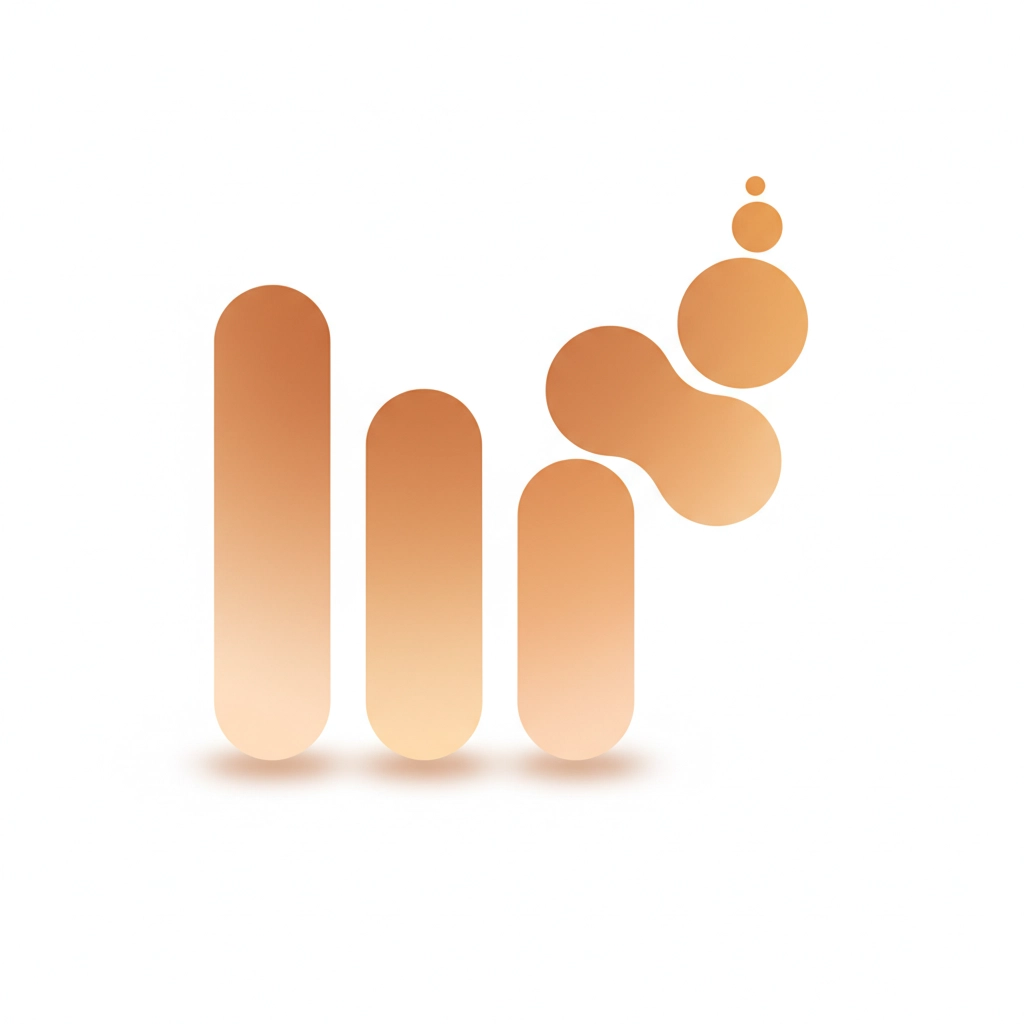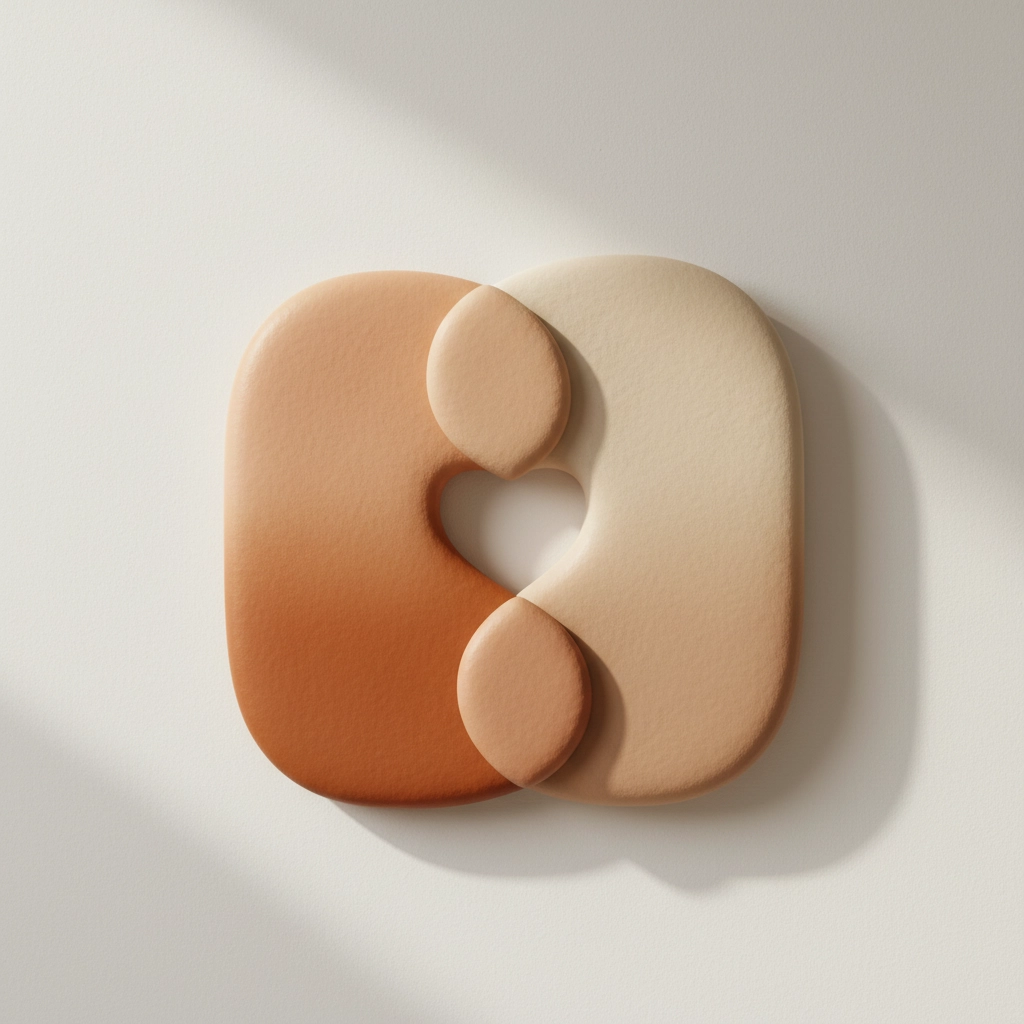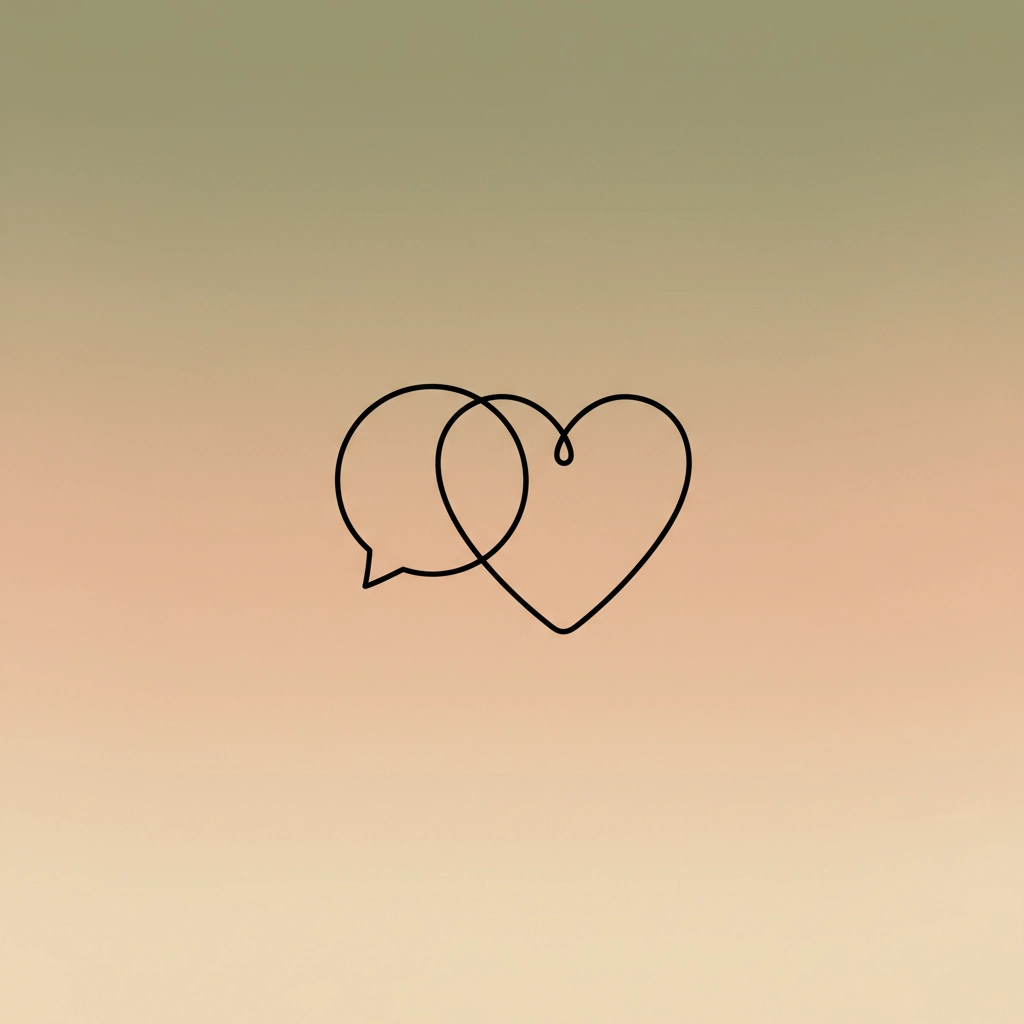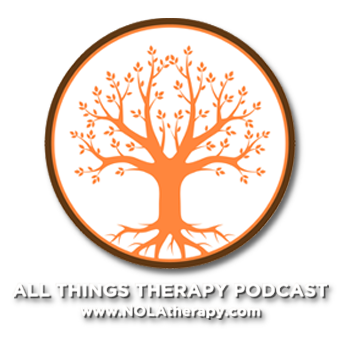Let me be straight with you – AI therapy chatbots aren't dead. In fact, they're more alive than ever. But here's the thing that's been on my mind lately: while these digital tools are making impressive strides, the heart of healing still beats strongest in human connection.
As someone who's been in the therapy world for years, I've watched this whole AI revolution unfold with fascination and, honestly, a bit of concern. So let's dive into what's really happening out there in 2025.
The Numbers Don't Lie: AI Therapy Is Booming
First, let's get the facts straight. AI-powered mental health tools have exploded into a $2 billion market this year, growing at a mind-blowing 34.3% rate. That's not the trajectory of something that's dying – that's the growth pattern of something that's found its place in our world.
And the research? It's actually pretty compelling. A landmark study from Dartmouth involving 210 people with real mental health struggles showed some remarkable results. Participants experienced a 51% reduction in depression symptoms, 31% improvement in anxiety, and 19% reduction in eating disorder concerns. Those aren't just numbers on a page – those represent real people feeling genuinely better.

What really caught my attention was that 68% of people using AI therapy had never accessed traditional therapy before. Think about that for a moment. These tools are reaching folks who might otherwise never get help at all.
When AI Shows Up at 2 AM
Here's something that really hit home for me: most people are using these AI tools between 10 PM and 2 AM – those lonely, difficult hours when traditional support isn't available. As therapists, we know that's often when people need us most, but we can't be there 24/7.
One of my clients recently told me, "Lisa, I was having a panic attack at midnight, and I didn't want to call the crisis line. I just talked to the app, and it helped me get through until morning." That's not replacing therapy – that's filling a crucial gap.
The engagement patterns are telling too. People are spending about 6 hours over 4 weeks with these tools, and about half continue past the first month. Compare that to regular mental health apps where only 20% stick around, and you start to see why AI therapy has staying power.
But Here's Where Human Connection Comes In
Now, before you think I'm ready to hand over my practice to a chatbot, let me tell you why human connection isn't going anywhere.
There's something that happens in the space between two people that no algorithm can replicate. It's that moment when someone truly sees you, understands your pain without judgment, and sits with you in your struggle. It's the warmth in a voice, the knowing look, the gentle challenge that comes from someone who genuinely cares about your growth.

I've seen clients have breakthrough moments not because I said something particularly brilliant, but because they felt safe enough to be vulnerable with another human being. That safety, that trust – it's built through presence, not programming.
When I work with someone dealing with trauma, complex family dynamics, or deep-seated patterns, we're not just exchanging information. We're creating a healing relationship where old wounds can be tended to and new ways of being can be practiced safely.
The Real-World Reality Check
Let's be honest about what we're seeing in practice. While AI chatbots show promise for mild to moderate anxiety and depression, they're not equipped for crisis situations, complex mental health conditions, or the nuanced work that comes with severe symptoms.
I had a colleague share a story about someone who was having suicidal thoughts and turned to an AI chatbot for help. The bot provided standard resources and gentle language, but it couldn't pick up on the subtle cues that a human therapist would notice. It couldn't make that crucial decision about whether someone needed immediate intervention.
That's not a failure of AI – it's just a recognition of what it is and isn't designed to do.
The Sweet Spot: Where Tech Meets Heart
What I'm seeing emerge in 2025 isn't a battle between humans and machines, but a partnership that actually makes sense. About 30% of people who start with AI therapy eventually seek out human therapists, often feeling more prepared and less anxious about the process.

Think of AI chatbots as really good first aid for your mental health. They can help you learn coping skills, track your moods, and provide support when you need it most. But for the deeper healing work – the kind that transforms how you see yourself and move through the world – that's where human connection becomes irreplaceable.
I've started incorporating some AI tools into my practice, actually. Not to replace our work together, but to give clients additional support between sessions. It's like having homework that's actually engaging and helpful.
What This Means for Your Mental Health Journey
If you're considering your mental health options in 2025, here's my take: don't write off AI tools entirely, but don't expect them to be a complete solution either.
AI chatbots can be incredibly helpful for:
- Learning and practicing coping strategies
- Having support available 24/7
- Getting comfortable with therapy concepts
- Managing mild anxiety or depression symptoms
- Tracking your mental health patterns
But human therapists remain essential for:
- Complex trauma and deep emotional work
- Crisis intervention and safety planning
- Relationship and family therapy
- Personality disorders and severe mental illness
- The kind of personal growth that comes from authentic human connection
The Bottom Line
Are AI therapy chatbots dead in 2025? Absolutely not. They're thriving, evolving, and finding their rightful place in the mental health landscape. But they're not replacing the fundamental human need for connection, understanding, and presence.
What we're moving toward is something I'm actually excited about – a world where technology makes mental health support more accessible while preserving what makes therapy truly transformative: the healing power of human relationship.

If you're struggling with your mental health, please don't let the perfect be the enemy of the good. Whether that means starting with an AI tool, reaching out to a human therapist, or finding some combination that works for you, the most important thing is taking that first step toward feeling better.
And remember, seeking help – whether from an app or a person – isn't a sign of weakness. It's a sign of wisdom, courage, and self-compassion. In a world that's becoming increasingly digital, choosing to tend to your mental health is one of the most human things you can do.
Ready to explore what human-centered therapy can offer? Reach out to schedule a consultation and let's talk about how we can support your mental health journey together.













